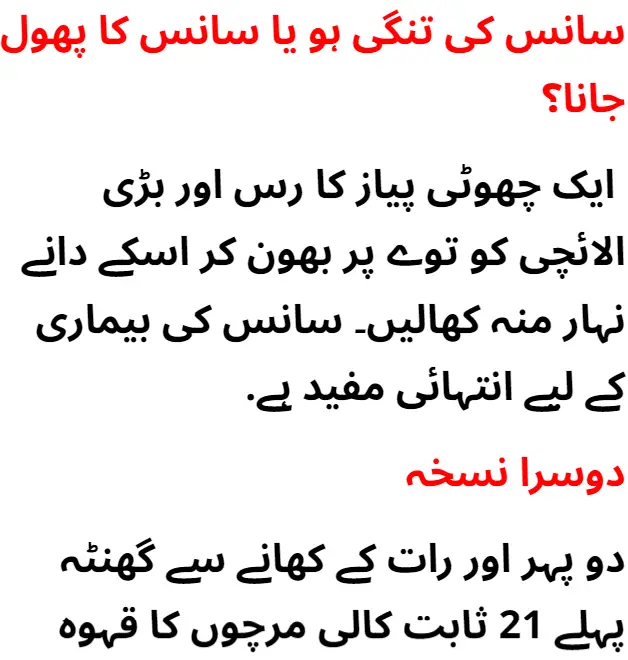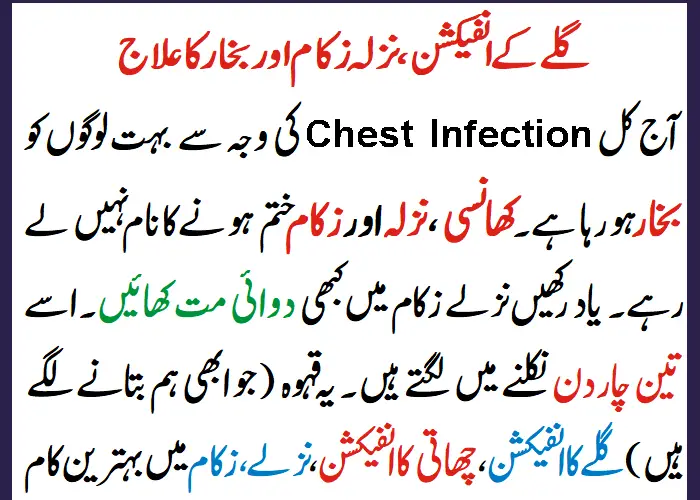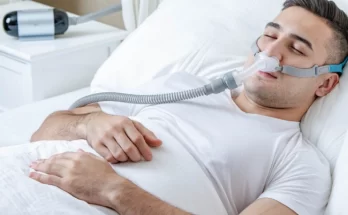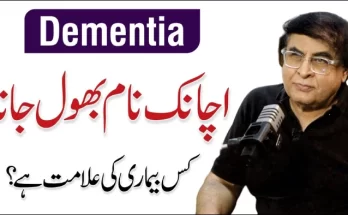
Ever heard of dyspnea? Well, it is also known as shortness of breath. Sometimes it happens when you’re working out hard or dealing with a stuffy nose. No big deal. But if you often feel like you can’t catch your breath or it hits you suddenly, it might be a sign of something more serious like heart issues, asthma, or COPD.
Our breath is like body language that tells a story, and dyspnea is its way of getting your attention. This article is all about breaking down what dyspnea is, exploring its types and symptoms, and understanding what might be causing it. From infections to things in the air around you, dyspnea has various triggers.
Shortness of Breath Treatment with Home Remedies (Urdu)




Types of Dyspnea
Dyspnea can manifest in two distinct forms: acute and chronic. The frequency and duration of these episodes differentiate them. Acute dyspnea typically lasts for several hours to a few days, often linked to temporary factors like respiratory infections, allergic reactions, or environmental irritants. On the other hand, chronic dyspnea persists for more extended periods, exceeding four to eight weeks.
Recognizing Dyspnea Symptoms
Identifying dyspnea encompasses recognizing a spectrum of symptoms that can range from mild to severe. Chronic dyspnea typically develops gradually over time, while acute dyspnea emerges suddenly, often accompanied by feelings of agitation and fear.
Common symptoms of dyspnea include:
- The sensation of inadequate breathing
- Rapid or shallow breathing
- Breathlessness even with minimal exertion
Dyspnea Causes
Dyspnea serves as a symptom rather than a standalone condition, arising from various underlying causes. Acute dyspnea may result from respiratory tract infections, anaphylaxis, airway obstruction, pulmonary embolism, or pregnancy-related factors.
Chronic dyspnea is often linked to conditions such as chronic obstructive pulmonary disease (COPD), interstitial lung disease (ILD), or physical deconditioning. Recognizing risk factors, including smoking, a family history of respiratory issues, exposure to lung irritants, or a sedentary lifestyle, aids in understanding susceptibility to dyspnea.
Diagnosing Dyspnea
Diagnosing difficulty in breathing (dyspnea) effectively requires a thorough approach. This involves carefully checking the body, asking about medical history, and doing different tests.
1. Physical Examination:
- Listen to lungs and heart
- Look for signs of swelling
- Measure blood oxygen levels
2. Medical History:
- Learn when dyspnea started, how often it happens, and what triggers it
- Understand existing health conditions, lifestyle, and environmental exposures
3. Diagnostic Tests:
- Pulmonary function tests
- Chest imaging
- Electrocardiograms (ECG)
- Blood tests
- Echocardiograms
Dyspnea (Shortness of Breath) Treatment
Dealing with shortness of breath involves a few different steps to tackle the immediate problem and the reasons behind it.
Getting Enough Oxygen: If you’re in a hurry, you might need extra oxygen to make sure you’re getting enough. This helps your breathing stabilize and supports your lungs.
Figuring Out the Cause: Once you’re stable, the next step depends on why you’re having trouble breathing. Medicine, like inhalers or antibiotics, can help with specific issues causing shortness of breath.
Taking Medicines: Doctors might prescribe medications like inhalers, steroids, or antibiotics. These medicines target the things that are making it hard for you to breathe.
Using Oxygen at Home: You might need to keep using oxygen, either at the hospital or with a device at home. This is to make sure your blood gets enough oxygen.
Doing Breathing Exercises: There’s a special exercise program to help you breathe better called pulmonary rehabilitation. It includes exercises to improve how your lungs work and increase your overall activity.
Considering Surgery: In serious cases, you might need surgery to fix any structural problems causing shortness of breath. This can be a more permanent solution.
Taking Preventative Measures
Though dyspnea may not be completely avoidable, making specific lifestyle changes can help lessen the risk and severity of episodes. Here are simple steps to consider:
Quit Smoking: If you smoke, quitting is a crucial step. Smoking can harm your lungs and worsen breathing difficulties.
Avoid Environmental Irritants: Stay away from things that can irritate your lungs, like pollution or strong chemicals. This can help prevent breathing problems.
Regular Exercise: Engage in regular physical activity. Exercise helps keep your lungs and heart healthy, reducing the chances of experiencing shortness of breath.
Maintain a Healthy Weight: Keep your weight in a healthy range. Being overweight can strain your breathing, so maintaining a healthy weight is beneficial.
Manage Underlying Health Conditions: If you have other health issues, like asthma or heart problems, manage them effectively. Controlling these conditions can help prevent episodes of dyspnea.
In summary, feeling short of breath is an important sign from your body that something might be wrong with your health. Understanding the different kinds of breathing difficulties, their symptoms, and what causes them, along with getting quick and personalized medical help, can help you deal with and ease this tough situation. Taking steps to prevent breathing problems also improves your overall lung health, making your life less affected by the struggle to breathe.






